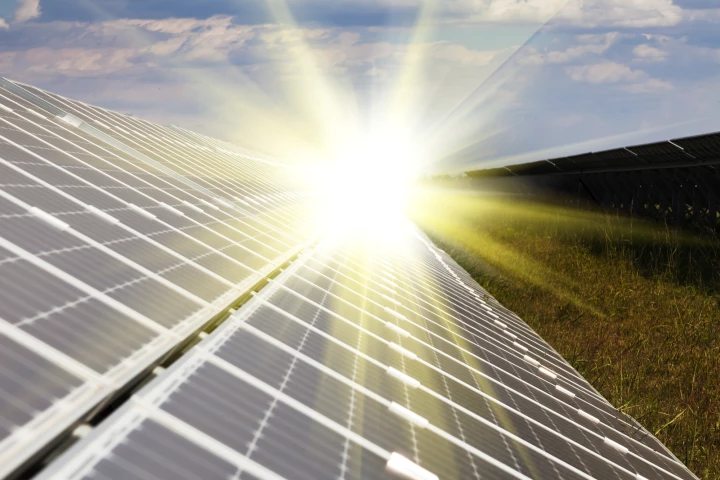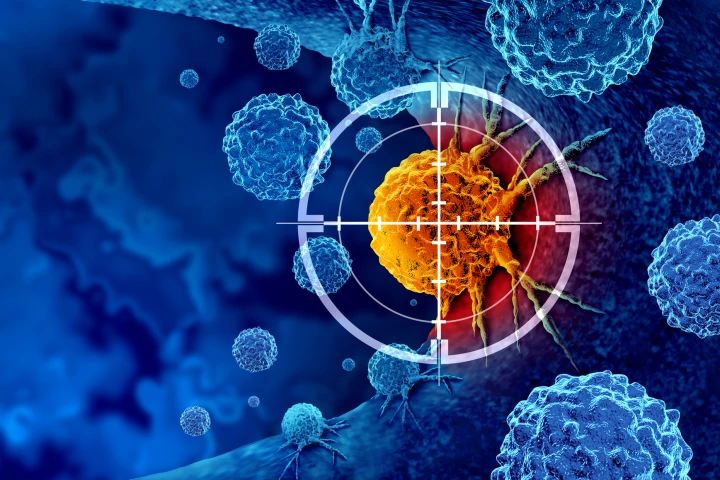UNIST
-
Scientists have made a major breakthrough in the accuracy and speed at which serious and often deadly pathogen infections can be diagnosed and treated. Often, this is time that is critically important in saving a patient's life.
-
Diamonds are famously formed under high pressure and temperature, which is partly why they’re so valuable. But now, scientists have created diamonds in a lab under regular pressure in just 15 minutes.
-
An innovative biodegradable paper that sticks to the brain’s surface like a Band-Aid and delivers electrical stimulation wirelessly could revolutionize the treatment of neurological diseases like Parkinson’s and Alzheimer’s, according to a new study.
-
If humanoid robots are ever going to fully integrate in society, they're going to need to get good at reading our emotional states and responding appropriately. A new wearable from researchers in Korea could help them do just that.
-
A nanoporous material that holds hydrogen at twice the density of cryogenic liquid H2 could address the challenges of large-scale liquid and gas storage that have held this clean fuel back.
-
One of the most promising, emerging solar cell technologies has received a major efficiency boost. Engineers at UNIST in South Korea have created quantum dot solar cells with a world record efficiency of 18.1%.
-
Researchers have harnessed the cancer-destroying abilities of the body’s natural killer cells. Nanodrones selectively target a tumor, enabling the killer cells suppress cancer growth, opening the door to novel, cancer-specific immunotherapies.
-
Senolytics, a new class of drugs that counter, or reverse, age-related health conditions, is a field of medical science swiftly gaining momentum. The latest, which uses molecular auto-assembly to destroy problematic senescent cells, shows great promise.
-
Perovskite is emerging as a promising material for solar cells, but it has some durability problems. Now, engineers have developed a new electrode that could make them more stable, using a protective layer of "graphene armor."
-
Graphene is already known for being incredibly strong, so how can it be made even stronger? By turning it into sheets of diamond, of course. Researchers in South Korea have developed a new method to convert graphene into ultrathin diamond films.
-
Inspired by the ocean’s role as a natural carbon sink, researchers at Ulsan National Institute of Science and Technology (UNIST) and Georgia Tech have developed a new system that absorbs CO2 and produces electricity and useable hydrogen fuel.
-
Clean and plentiful, hydrogen is a promising fuel source, but there are a few problems in the path to mainstream use. South Korean scientists have now developed a new system for producing hydrogen from water, which that they say overcomes some of these issues and produces the gas more efficiently.
Load More











